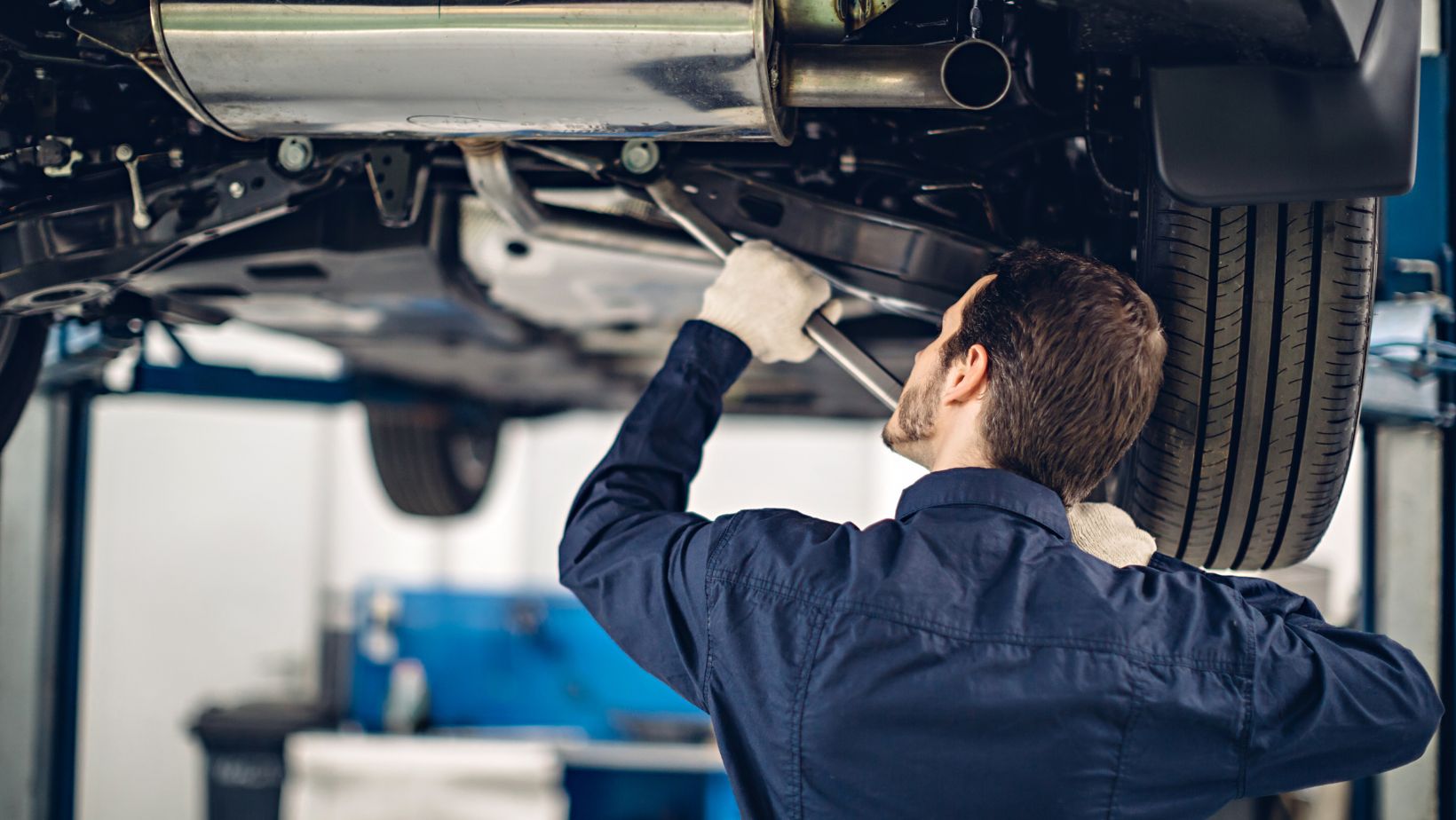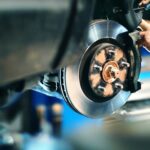
Front End Car Repair
When it comes to front end car repair, understanding the bottom line is crucial. Whether you’re dealing with steering issues, suspension problems, or alignment concerns, knowing the essential facts can help you make informed decisions about your vehicle’s maintenance. In this article, I’ll delve into the key aspects of front end car repair and provide insights that will empower you to navigate this process confidently.
One important aspect of front end car repair is identifying common signs of trouble. From vibrations in the steering wheel to uneven tire wear, these indicators can point to potential issues with your vehicle’s front end components. By recognizing these warning signs early on, you can address any necessary repairs promptly and prevent further damage down the road.
Common Front End Car Issues
When it comes to front end car repair, there are a few common issues that many drivers encounter. These problems can affect the performance, handling, and safety of your vehicle. In this section, I’ll outline some of the most frequently seen front end car issues and provide you with valuable insights.
- Uneven Tire Wear: One of the telltale signs of front end car problems is uneven tire wear. If you notice that your tires are wearing down more on one side than the other, it could indicate an issue with your suspension or wheel alignment. Driving with uneven tire wear not only compromises your vehicle’s stability but can also lead to poor fuel efficiency and premature tire replacement.
- Vibrations While Driving: Feeling vibrations through the steering wheel or floorboard while driving is another common issue related to the front end of your car. This could be caused by various factors such as worn-out suspension components, imbalanced wheels, or damaged axles. Ignoring these vibrations can result in further damage to your vehicle’s drivetrain system and compromise overall safety.
- Steering Alignment Problems: Have you ever noticed that your car tends to drift to one side when driving straight? This could be a sign of steering alignment problems in the front end of your vehicle. Misaligned steering can occur due to hitting a curb or pothole, worn-out tie rods or ball joints, or even improper installation during previous repairs. It’s crucial to address steering alignment issues promptly as they affect both handling and tire longevity.
- Noisy Suspension: If you hear clunking sounds or squeaks coming from beneath your car while going over bumps or uneven surfaces, it may indicate problems with the front suspension system. Worn-out shocks or struts, damaged control arms or bushings are often responsible for these noises. Neglecting these issues can lead to decreased ride comfort and compromised stability while driving.
- Brake Problems: While brakes are not directly part of the front end, they play a crucial role in overall vehicle safety. Front end issues can impact brake performance, such as uneven braking or pulling to one side when applying the brakes. These problems may be caused by worn-out brake pads, caliper issues, or hydraulic system malfunctions. It’s essential to address any brake-related concerns promptly to ensure optimal stopping power and safe driving.

Signs of Front End Car Problems
When it comes to front end car problems, there are several telltale signs that can help you identify and address issues before they become major headaches. As an expert in car repair, I’ve seen my fair share of front end woes, and I’m here to shed some light on the topic.
- Vibrations: If you notice excessive vibrations in your steering wheel or throughout the vehicle while driving, it could be a sign of front end problems. These vibrations may occur at specific speeds or intensify when turning corners. Ignoring these vibrations can lead to further damage and compromise your safety on the road.
- Uneven Tire Wear: Take a moment to inspect your tires regularly. Uneven wear patterns can indicate alignment issues or suspension problems in the front end of your car. Look for tread wear that is significantly different between tires on the same axle or across all four wheels. Addressing this problem promptly can extend the life of your tires and improve fuel efficiency.
- Pulling to One Side: Does your car seem to have a mind of its own? If you find yourself constantly correcting the steering wheel to keep your vehicle moving straight ahead, it’s likely experiencing front end issues. This pulling sensation can be caused by misaligned wheels, worn out suspension components, or even brake problems.
- Noisy Steering: Pay attention to any strange noises coming from your steering system while turning corners or maneuvering at low speeds. Squeaks, groans, or clunking sounds could suggest worn-out ball joints, tie rods, or bushings in the front end assembly.
- Difficulty Handling Bumps: A well-functioning suspension system should absorb bumps and keep your ride smooth and controlled. However, if you experience jarring sensations or excessive bouncing when going over bumps, it may indicate worn-out shocks or struts in the front end.






































